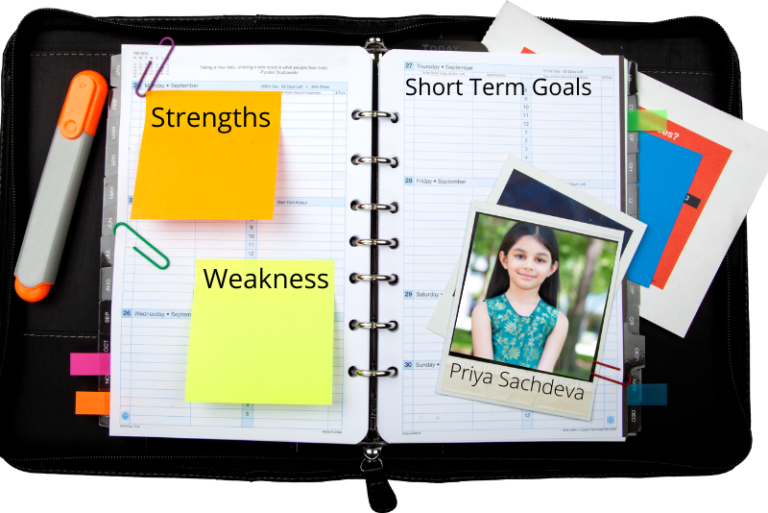
Individualised Education Plan (IEP) – Learning Disability and ADHD
Students with learning and attention difficulties benefit from having an IEP. An IEP is a documented plan describing specific services required by a particular student, based on a thorough assessment of a student’s needs that affect their ability to learn and to demonstrate learning. An IEP also keeps a record of the specific accommodations provided to the student for achieving their age-appropriate learning expectations in a particular subject, or course. A special educator develops the IEP in collaboration with the student’s subject teachers and parents. If a student is older and able to, it is helpful to have them contribute to their plan and goals as well.
An IEP lists out relevant information about the child’s present academic levels and states goals for the next six months to a year. These goals may be across academic content areas such as language (reading, writing, communication), numeracy, and other subjects if required. Apart from academics, there may be goals for physical and motor development, socio-emotional skills and behaviour. Other professionals such as counsellors, speech-language pathologists, occupational therapists may also contribute to the Individualised Education Plan (IEP) in case the child is receiving any of those supports.
An Individualised Education Plan (IEP) typically includes the following:
- Learner profile: areas of strength and growth across domains
- The present level of performance of the student, across domains
- Annual goals for the student, across content areas such as language and communication, reading and writing, math and other subjects if required. Goals for social-emotional, behavioural and other life skills, as per the learner’s needs in some cases
- Short term objectives for each goal
- Progress monitoring: The IEP would be updated quarterly or half-yearly to note down the progress of the student on the stated goals and make revisions if necessary.
- Services: this would include all the services the student will receive, such as special education, occupational or speech therapy, counselling etc. The frequency and duration of these sessions is also mentioned
- Accommodations and modifications that the student may be receiving in the classroom and on assessments
Creating and implementing IEPs is a good practice and sometimes a requirement in many schools; it helps individualise goals for each student and tracks their progress over time. IEPs may look different across schools but should generally have the components mentioned above.
Students benefit in many ways if they get an IEP. An IEP lists down your child’s strengths and challenges and lets you and the school create an individualised program that supports their needs and overtime improves specific skills. Improvement in skills can boost your child’s self-esteem and help them thrive at school.